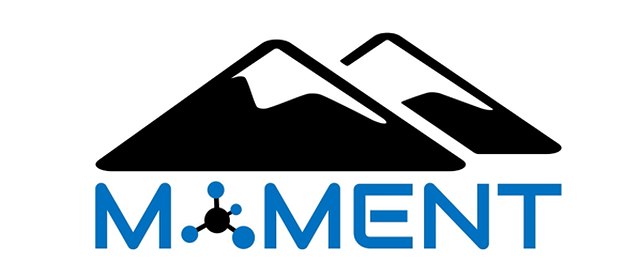Consortium
MOMENT is divided into three content-related subprojects and one subproject that handles overarching coordination tasks. The individual subprojects are in active exchange with each other in order to achieve the overall MOMENT goals. The consortium consists of experienced scientists from different research institutions in Germany, who complement each other methodically in their expertise on permafrost research:
Subproject 1: Scientific-technical coordination
Christian Beer (University of Hamburg), subproject lead
Subproject 2: Process studies on methane production and oxidation: from micro to pedon scale
Subproject 3: Effects of permafrost thawing and formation on the methane fluxes in heterogeneous tundra landscapes (from Pedon to Landscape)
- Lars Kutzbach (University of Hamburg), subproject lead
- Julia Boike (Alfred Wegener Institute, Helmholtz Centre for Polar and Marine Research Potsdam)
- Torsten Sachs (German Research Centre for Geosciences, Potsdam)
Subproject 4: Recent spatio-temporal patterns of methane processes in terrestrial permafrost ecosystems
- Victor Brovkin (Max Planck Institute für Meteorology, Hamburg), subproject lead
- Christian Beer (University of Hamburg)
- Mathias Goeckede (Max Planck Intsitute for Biogeochemistry, Jena)
Scientific advisory board
MOMENT is actively supported by a scientific advisory board consisting of internationally recognized personalities representing the methods and scales of the project.
- Christina Biasi (Finland, University of Eastern Finland)
- Eleanor Burke (UK, MetOffice)
- Patrick Crill (Sweden, Stockholm University)
- Bo Elberling (Denmark, University of Copenhagen)
External cooperation partners
- University of Copenhagen (Denmark), Content and logistic management of the research station
- Disko Arctic Research Station (Greenland), extensive research infrastructure (laboratory and field equipment, freezing and storage capacities) on site, as well as accomodation for expedition participants


